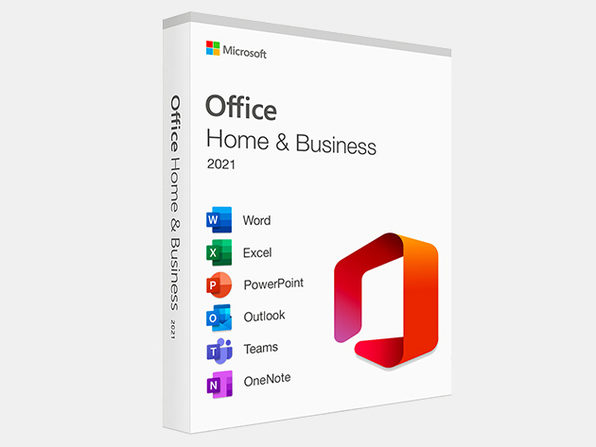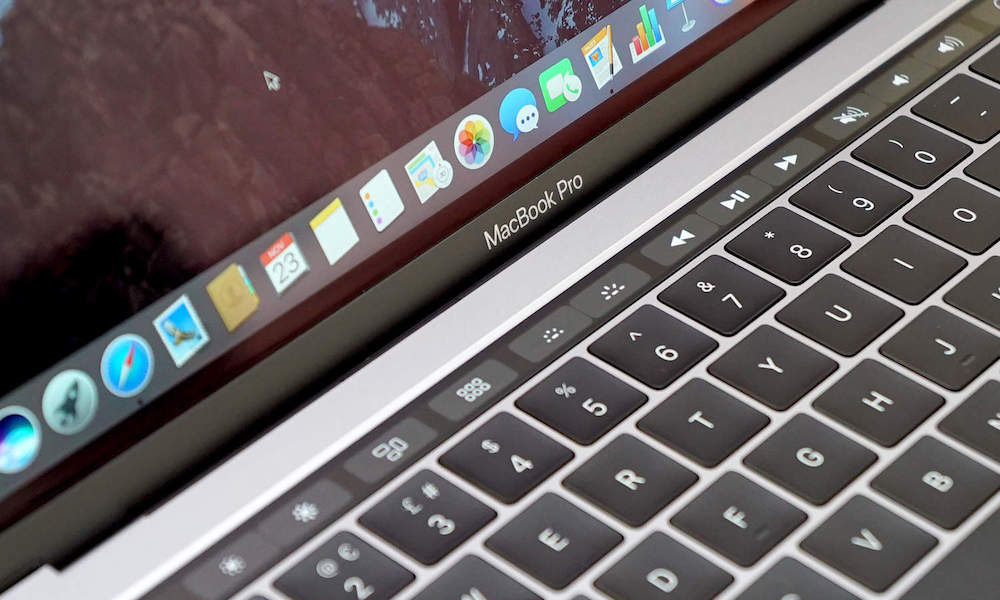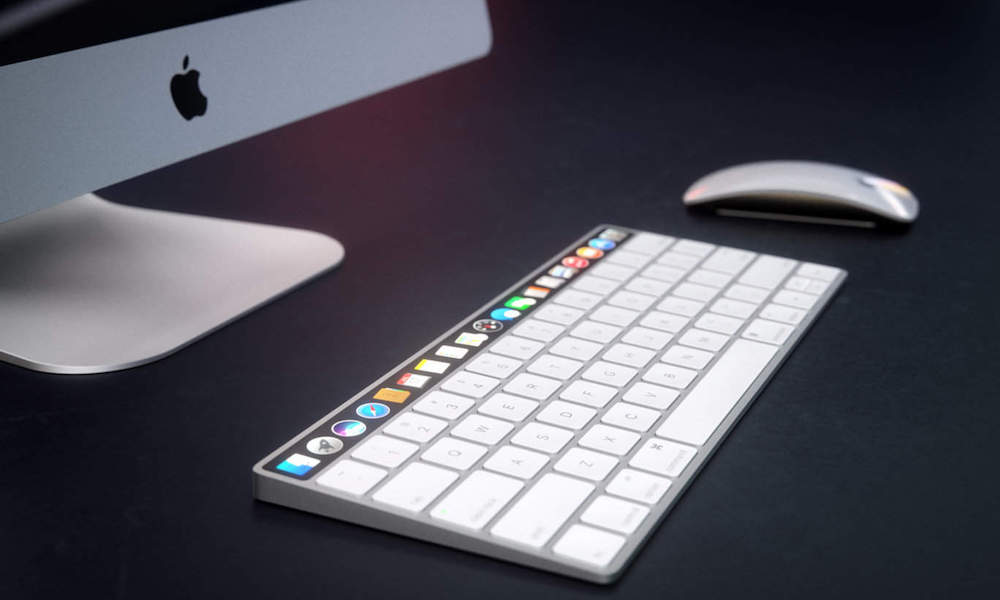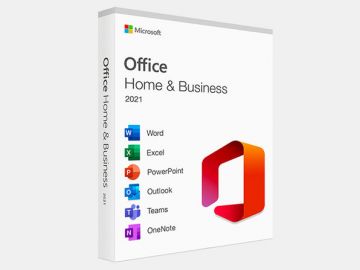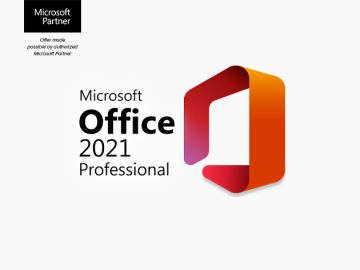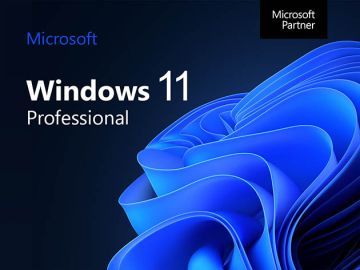Miss the MacBook Pro Touch Bar? Flexbar May Have You Covered
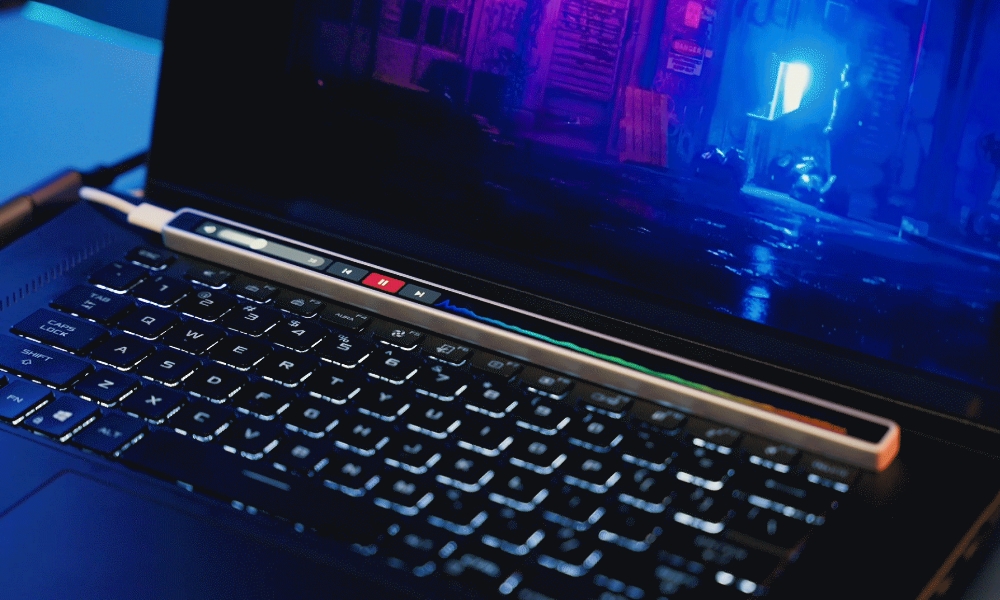 Credit: Flexbar / Kickstarter
Credit: Flexbar / Kickstarter
Toggle Dark Mode
With last year’s M3 MacBook Pro lineup, Apple drove the final nail into the coffin of one of its most controversial user interface elements: the Touch Bar. While the touchscreen controls had many detractors, it also had some loyal fans, and now there’s a new product that could fill the gap for those mourning the Touch Bar’s demise.
Few Apple creations have had such a strange history as the Touch Bar. Introduced in late 2016 on Apple’s first USB-C MacBook Pro, it offered an OLED touchscreen in place of the traditional function keys that not only showed virtual buttons but could also include status information and even sliders for things like brightness, volume control and scrubbing through audio and video.
The Touch Bar remained exclusive to the high-end MacBook Pro models until 2019, when Apple added it to the entry-level 13-inch MacBook Pro. In a somewhat ironic twist, it ended its life on that lower-end model, remaining there for the M1 MacBook Pro in late 2020 but disappearing from the more premium models to be replaced by traditional function keys when Apple redesigned them in late 2021 to hold its more powerful M1 Pro and M1 Max chips. The 13-inch MacBook Pro was refreshed in mid-2022 with an M2 chip, but since it retained the same design, it also kept the Touch Bar. However, that would be the last MacBook to do so, as Apple scrapped the 13-inch design last year, giving its base M3 MacBook Pro the same chassis as its M3 Pro and M3 Max models.
The Touch Bar was a cool idea, but it met with opposition from the beginning. Apple went too far in its initial implementation, with the physical escape key moving into a virtual Touch Bar key. In 2020, Apple’s Phil Schiller, still the senior VP of worldwide marketing at the time, told CNET that this was the number one complaint about the Touch Bar, so Apple put it back in the redesigned 16-inch MacBook Pro in late 2019. That design continued into the Apple Silicon 13-inch model that debuted the following year.
Still, that wasn’t enough to save the Touch Bar. Many still protested the lack of function keys, a complaint Apple acknowledged when it restored them in 2021, admitting that they were more appropriate for the MacBook Pro’s target audience of professional users.
However, the Touch Bar’s limited availability was probably its greatest obstacle to broader adoption. The touchscreen control interface had a lot of potential, but few developers were interested in embracing a UI element that was only available to a fraction of Mac users. Apple never brought the Touch Bar to the MacBook Air (where it would have arguably been more appropriate for casual users), and despite several rumors, it never released a standalone Magic Keyboard with the Touch Bar.
Those limitations probably doomed the Touch Bar from the start, but for those who miss it, a new Kickstarter campaign hopes to bring it back as an accessory.
Dubbed the “Flexbar,” it’s not specifically targeted at Mac users, although the inspiration from the Touch Bar is undeniable. As far as the creators are concerned, the Touch Bar failed because Apple didn’t fully commit to it. They hope to fix that with a standalone device that will do everything the Touch Bar did and much more.
The discontinuation of the original Touch Bar didn’t mean the concept was flawed—it simply wasn’t taken far enough to reach its full. There’s something undeniable itself: the potential for a customizable, adaptive interface that could streamline workflows was immense.
Perhaps the biggest advantage of the Flexbar is that it doesn’t create the Hobson’s choice that Apple forced upon its users. The Touch Bar might have succeeded had Apple not insisted on sacrificing the hardware function keys to make room for it.
However, the Flexbar promises to be considerably more versatile since it’s an external USB-C accessory that can be moved between devices and will work with more than just Macs. You can also put it anywhere that makes sense for you, whether that’s above the function keys, on top of them, or off to one side of your computer, perched on a specially designed magnetic stand. It can also be positioned vertically beside your screen, in a skyscraper style, to mirror side-button toolbars in apps like Photoshop and Pixelmator.
Flexbar is only a Kickstarter campaign at the moment, although it’s already well-exceeded its goal. If successful, it’s expected to retail for $179, although early backers can sign on for as little as $119 if you’re willing to take the risks. It’s worth noting that it’s the company’s first product, and the founders told The Verge’s Andrew Liszewski that they’re sourcing “components through standard supply channels.” However, Liszewski notes that the 10-inch 2K OLED screens are quite unique, and there could be a risk that it’s repurposing a relatively limited supply of existing Touch Bar screens from Apple. As with most Kickstarter projects, there’s no guarantee Flexbar will ever see the light of day, but it’s worth crossing your fingers and keeping an eye on it if you’re among those folks who miss the Touch Bar.

